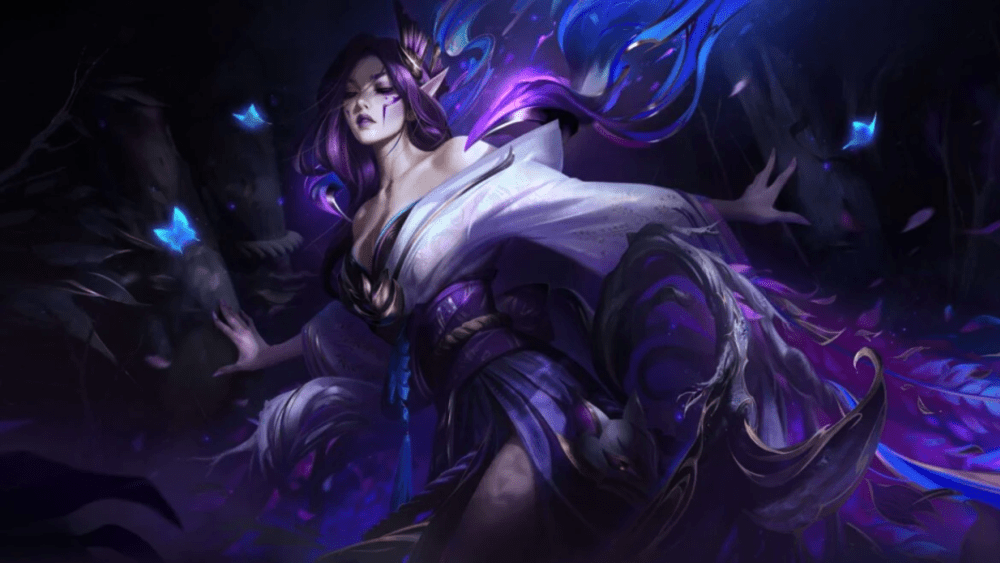The Rise and Impact of Riot Women in Social Movements

Introduction
Riot Women represent a significant and dynamic group within modern social movements, advocating for gender equality and social justice. Emerging from the confluence of feminist activism and punk musical culture, this movement has gained traction in recent years, empowering women and marginalised individuals to express their anger and frustrations in a creative and impactful manner. As issues surrounding women’s rights, bodily autonomy, and intersectionality continue to dominate global discourse, it is essential to understand the importance of Riot Women in shaping these conversations.
The Birth of Riot Women
The Riot Grrrl movement of the early 1990s, originating in the United States, is often credited with inspiring contemporary manifestations of Riot Women. Combining elements of punk rock, feminist ideology, and a DIY (do-it-yourself) ethos, Riot Grrrls used music, art, and zines to challenge societal norms and demand change. This movement laid the foundation for the emergence of contemporary Riot Woman activists who, armed with social media and digital platforms, have effectively amplified their voices and causes.
Current Developments and Activism
In recent years, Riot Women have continued to mobilise around pressing issues such as sexual harassment, reproductive rights, and systemic inequality. The #MeToo movement, which gained prominence in late 2017, has served as a rallying point for Riot Women, enabling them to expose abuses of power and fostering a sense of collective empowerment among survivors. Activists have hosted protests, shared personal narratives, and collaborated with organisations to push for legislative and cultural change. The annual Women’s March, celebrated in various cities worldwide, has further elevated their cause, showcasing the power of solidarity among women from all walks of life.
The Significance of Riot Women
Despite the challenges they face, including backlash against feminist movements, the Riot Women continue to adapt and grow. Their ability to harness the power of social media and grassroots activism has allowed them to build global networks, transcending geographical and cultural boundaries. They serve not only as advocates for women’s rights but also as critical interpreters of the intersections of race, class, and gender in creating inclusive social justice agendas. This evolution suggests a promising future, where the voices and actions of Riot Women may fundamentally alter societal norms and expectations.
Conclusion
As the movement for social change continues to expand, Riot Women will likely remain at the forefront, challenging the status quo and shaping future dialogues around gender and equality. Their ability to inspire action and foster community reflects a vital transformation in how women’s issues are perceived and addressed. For readers and activists alike, understanding the Riot Women movement is essential in recognising the power of collective action in the fight for a more equitable society.
